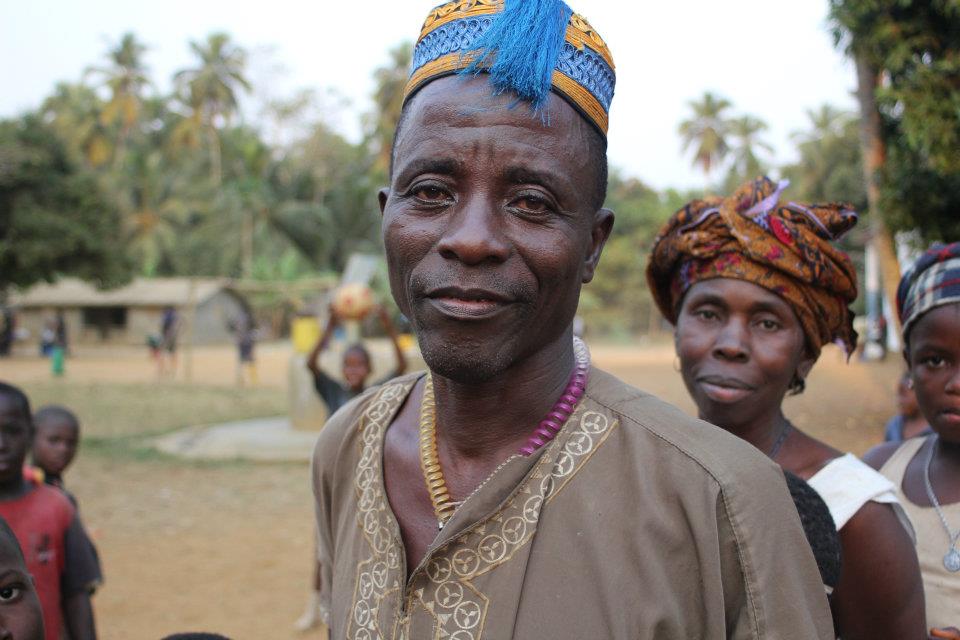In creating COVID-19-related messages and programming around the world, the global health community must make sure to focus specifically on the needs of men as well as women, a new commentary published in May in the journal Global Public Health suggests.
Much of the focus thus far has been on the impact of COVID-19 on women, who bear an enormous burden as caregivers and who are facing increased rates of domestic violence during home confinement. But the Johns Hopkins Center for Communication Programs’ Dominick Shattuck, PhD, one of the authors of the commentary, says there are ways to engage men to improve both their health outcomes as well as those of the women in their lives.
“We need to create activities that take into account that men and women may hear things differently, may have different needs in this moment,” says Shattuck, who is the director of monitoring, learning and evaluation for CCP’s Breakthrough ACTION project. “Women, for example, are taking in an even greater burden of care in the home. Messages designed for men could encourage them to do more cooking and cleaning, engage more with the children, to alleviate the burdens of their partners.”
The COVID-19 pandemic has sickened at least 5.6 million people worldwide and killed more than 351,000 over the last six months, according to Johns Hopkins University. There is fear that the outbreak in low-resource countries in Africa is only beginning.
Typically, health messages are targeted to women in low-resource countries, Shattuck says, because they are more likely to visit health centers – when they are pregnant, when their children are sick, when they need to procure modern contraception. But there is growing evidence that men are significantly more likely to die from COVID-19. And, globally, men’s health outcomes are generally poor.
There are examples from the HIV epidemic that show that harmful gender norms can be changed by tailoring messages and developing services for hard-to-reach men. In HIV, masculinity can drive various risk behaviors such as failing to seek health care, alcohol abuse and coercive sex, and it wasn’t until well into the epidemic that efforts were made to look at HIV through a gender lens.
Meanwhile, the time is now, Shattuck says, to address the spikes in domestic violence around the world. Given the inundated services and limited mobility during lockdowns, it is imperative to alleviate household conflict and prevent men’s violent behavior.
“Evidence-based strategies exist for this,” the authors write. “In Rwanda, for example, conflict de-escalation and couples’ communication skills-building have proven to prevent partner and family violence and improve parenting skills; this strategy can be rapidly adapted for confined families.”
With all of the changes coming to the workplace, with stay-at-home orders and school closures, life has been upended around the world. But Shattuck says COVID-19 provides a rare opening to make changes to unhelpful gender norms.
“COVID-19 is an opportunity to establish long-term flexible work policies, upend the men as ‘head of household’ and breadwinner mentality and promote shared caregiving roles between women and men,” the authors write. “A strategic focus on gender in the COVID-19 response will be critical for mitigating the impacts of the pandemic, as well as for ensuring uptake of future treatments and vaccines.”
“Men and COVID-19: Adding a Gender Lens” was written by Myra Betron, Ann Gottert, Julie Pulerwitz, Dominick Shattuck and Natacha Stevanovic-Fenn.





